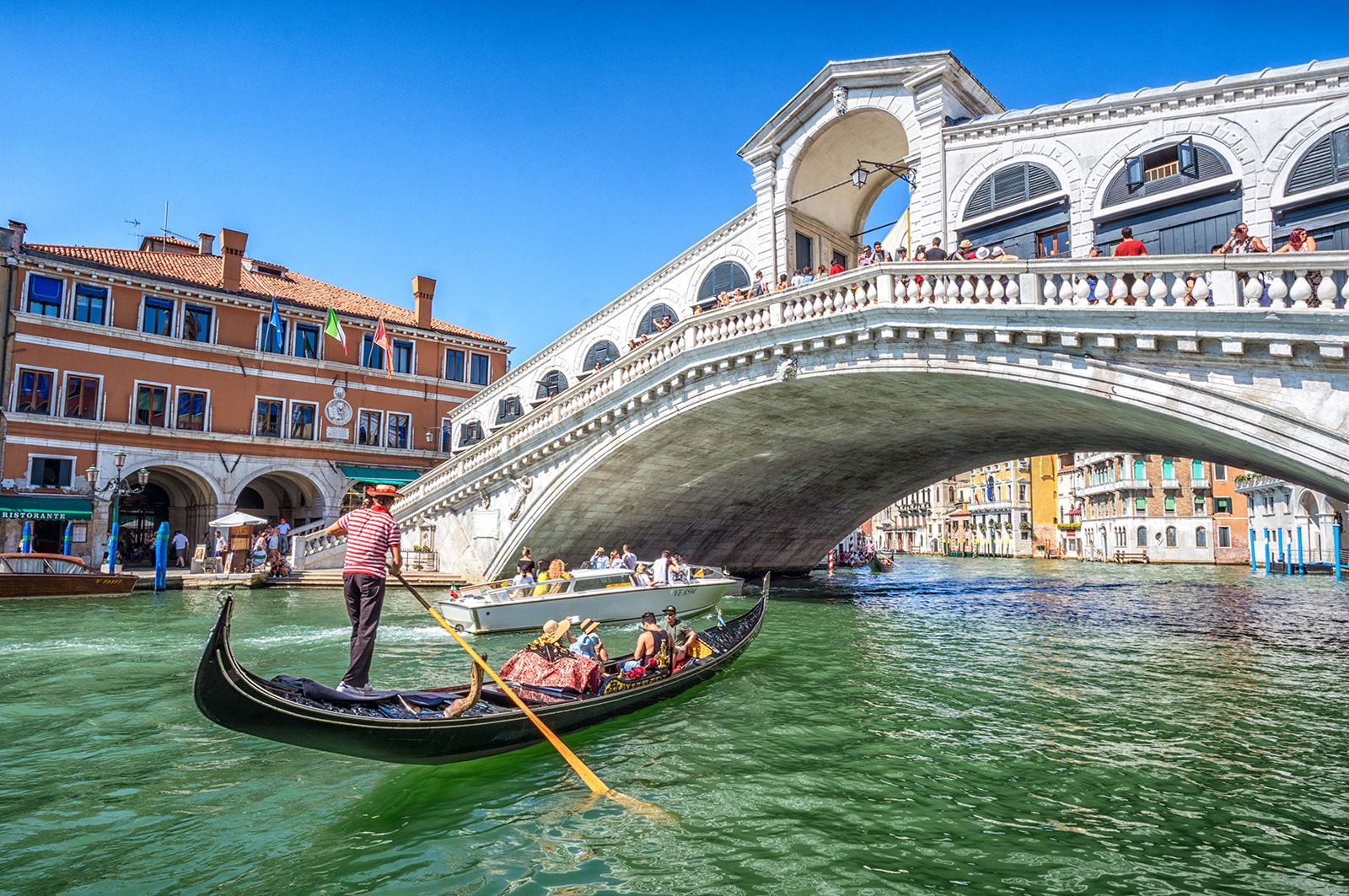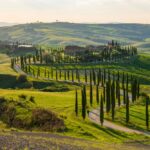Sorrento is a small town overlooking the bay of Naples in Southern Italy, a popular tourist destination due to it’s location near the Amalfi coast and it’s characteristic small shops (famous for woodwork, linens and leather). It can be reached easily from Naples and Pompeii on the circumvesuviana train line. Sorrento has 7 different fractions, Casarlano, Cesarano, Marano, Priora, Santa Lucia, Sorrento capo and Sorrento Marina Grande and has a total population of around 17,000, this population are known as Sorrentini.
From the Sorrento peninsula you have views of the Bay of Naples as well as the Isle of Capri. The Amalfi drive connects Sorrento to the Amalfi coast (Positano, Amalfi, Priaino, Maiori, Minori and Vetri sul Mare) on a narrow road that threads along the high cliffs above the Tyrrhenian Sea.
Sorrento woodworkThe Roman name for Sorrento was Surrentum. Legends indicate a close connection between Lipara and Surrentum, as though the latter had been a colony of the former, even though through the Imperial period Surrentum remained largely Greek.
The oldest ruins are Oscan, dating from around 600bc. Before it’s control by the Roman Republic, Surrentum was one of the towns subject to Nuceria and shared it’s fortunes up to the Social War, it seems to have joined in the revolt of 90bc like Stabiae and was reduced to obedience in the following year, when it seems to have received a colony.
Numerous inscriptions of Imperial slaves and freedom have been found in Surrentum, one inscription shows that Titus in the year after the earthquake of 79AD restored the Horologium (clock) of the town and it’s architectural decoration.
The most important temples of Surrentum were those of Athena and Sirens (the latter the only on in the Greek world in the historic times), the former gave it’s name to the promontory. In antiquity, Surrentum was famous for it’s wine (oranges and lemons which are now widely cultivated were not yet introuduced), it’s fish (the fishing trade is still widely used in Sorrento) and it’s red Campanian vases, the discovery of the coins of Massilia, Gaul and the Balearic Islands here indicate the extensive trade which carried on.
The position of Surrentum was very secure (and still is!), protected by deep gorges, the only exception to it’s natural protection was 300 metres on the south-west where it was defended by walls, the modern Town still follows this line. The arrangement of the modern streets preserves that of the ancient town, and the disposition of the walled paths which divide the plain to the east seems to date in manner from the Roman times. No ruins are preserved in Sorrento itself, but there are many remains in the villa quarter of the east of the town on the road to Stabiae (Castellamare di Stabia), running high above the modern roads, across the mountains, the site of one of the largest (possibly belonging to the imperial house) is now occupied by the hotel Victoria, under the terrace of which a small theatre was found in 1855, an ancient rock cut tunnel descends to the shore. Remains of other villas may be seen but the most important is the reservoir of the (subterranean) acqueducts just outside the town, which had 27 chambers each about 270x60cm. Greek and Oscan tombs have also been found.
According to Greek historian Diodorus Siculus, Sorrento was founded by Liparus, son of Ausonus, who was king of the Ausoni and son of Ulysses and Circe. The ancient city was probably connected to the Ausoni tribe, one of the most ancient ethnic groups in the area. In the pre-roman age Sorrento was influenced by the Greek civilisation, this can be seen in it’s plants and the presence of Athenaion, a great sanctuary, also according to legend founded by Ulysses and originally devoted to the cult of the Sirens, hence the name Sorrento.
Sorrento became an archbishoperic around 420AD. After the fall of the Western Roman empire, it was ruled by the Ostrogoths and the returned to the Eastern empire. The Lombards, who conquered much of southern Italy in the second half of the 6th century, besieged it in vain.
In the following centuries the distant Empire of Byzantium faded, initially part of the substantially independent Duchy of Naples, then in the 9th century Sorrento became an autonomous duchy. Sorrento fought against neighbouring Amalfi, the Saracens and nearby Lombardic duchies such as that of Benevento, whose forces besieged it in 839, although Sorrento was able to resist with Neapolitan help. The duchy was ruled by figures elected by the people, which received honorary titles from the Byzantine Emperor.
In 1035 the city was acquired by Guaimar IV of Salerno, who gave it to his brother Guy. After a brief return under the Duchy of Naples, it returned to the Lombard hands with the Gisulf II of Salerno, when the latter was defeated by Robert Guiscard, Sorrento entered the Norman sphere of influence, any residual independence was ended in 1137 when it was conquered by Roger II of sicily and annexed to the Kingdom of Sicily.
On 13 June 1558 it was sacked by elements of the Ottoman navy under the command of Dragut, as part of the struggle between the Turks and Spain, which controlled the southern part of Italy at that time. 2,000 captives were reportedly taken. This struggle was waged throughout the Mediterranean and lasted many decades. The attack led to the construction of a new line of walls. The most striking event was the revolt against Spanish domination in 1648. In 1656 a plague struck the city, however Sorrento remained one of the most important centres of southern Campania.
In vain Sorrento entered into the Neapolitan Republic in 1799.In the 19th century the economy of the city improved markedly thanks to agriculture, tourism and trade.
In 1861 Sorrento was officially annexed to the new Kingdom of Italy. In the following years it confirmed and increased its status of one of the most renowned tourist destinations of Italy, a trend which continued into the 20th century and is still very strong to this day.
Sorrento is the birth place of Torquato Tasso (his statue still sits in the main piazza of Sorrento), author of Gerusaleme Liberata.
Sorrento has also been quite famously featured in the early 20th century song “Torna a Surriento” (come back to Sorrento) and “Caruso”, a song composed in Sorrento, in the summer of 1985 by the famous singer-songwriter Lucio Dalla.








